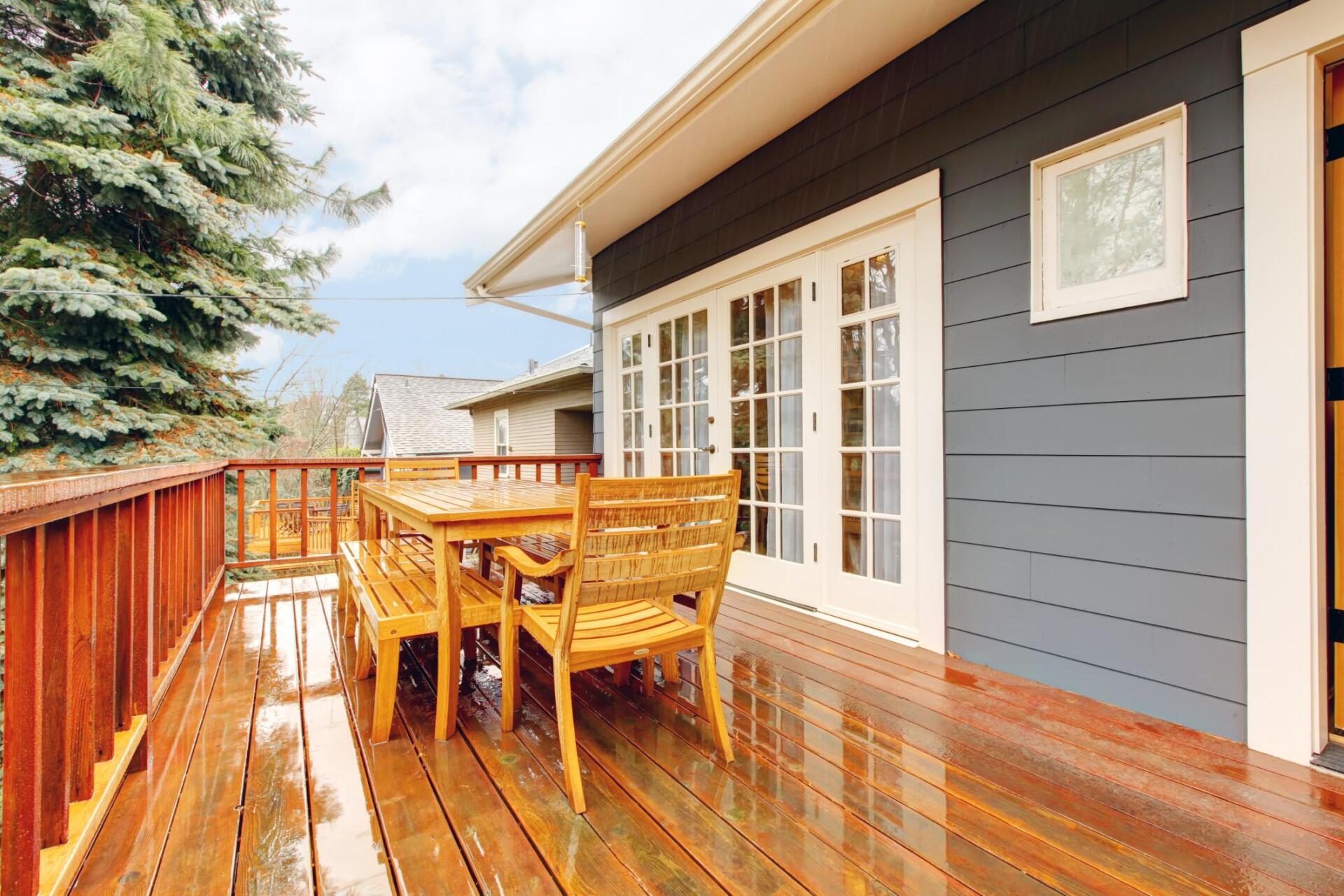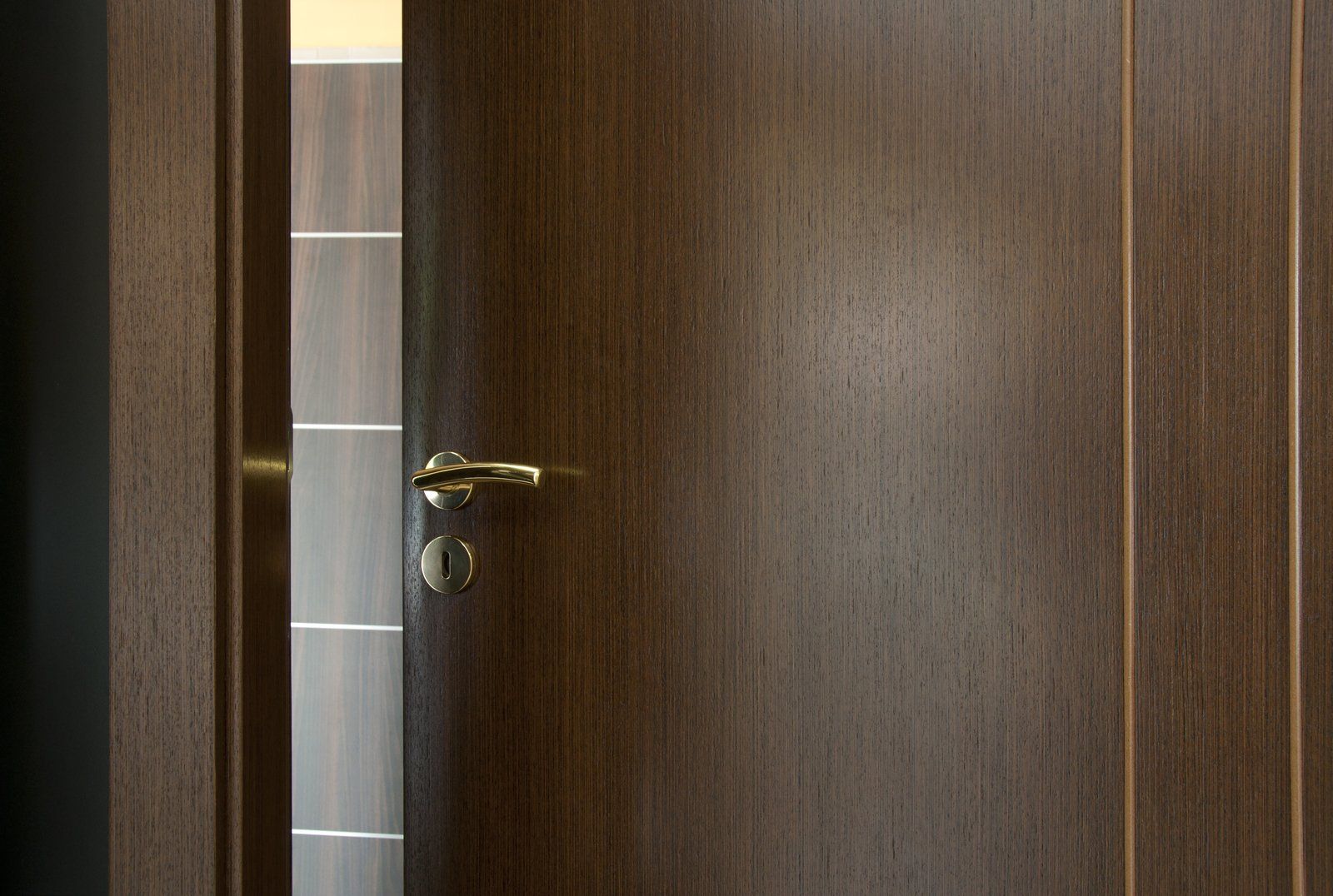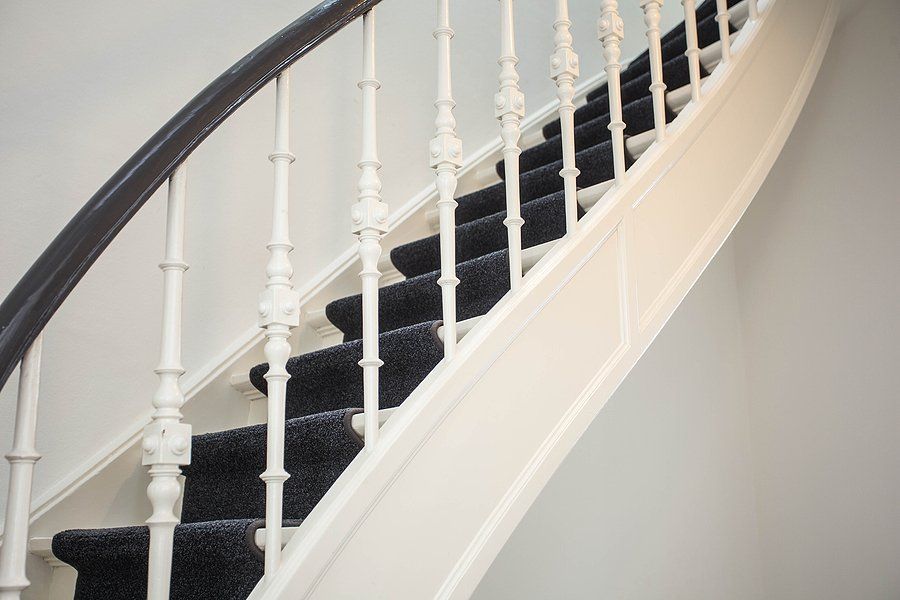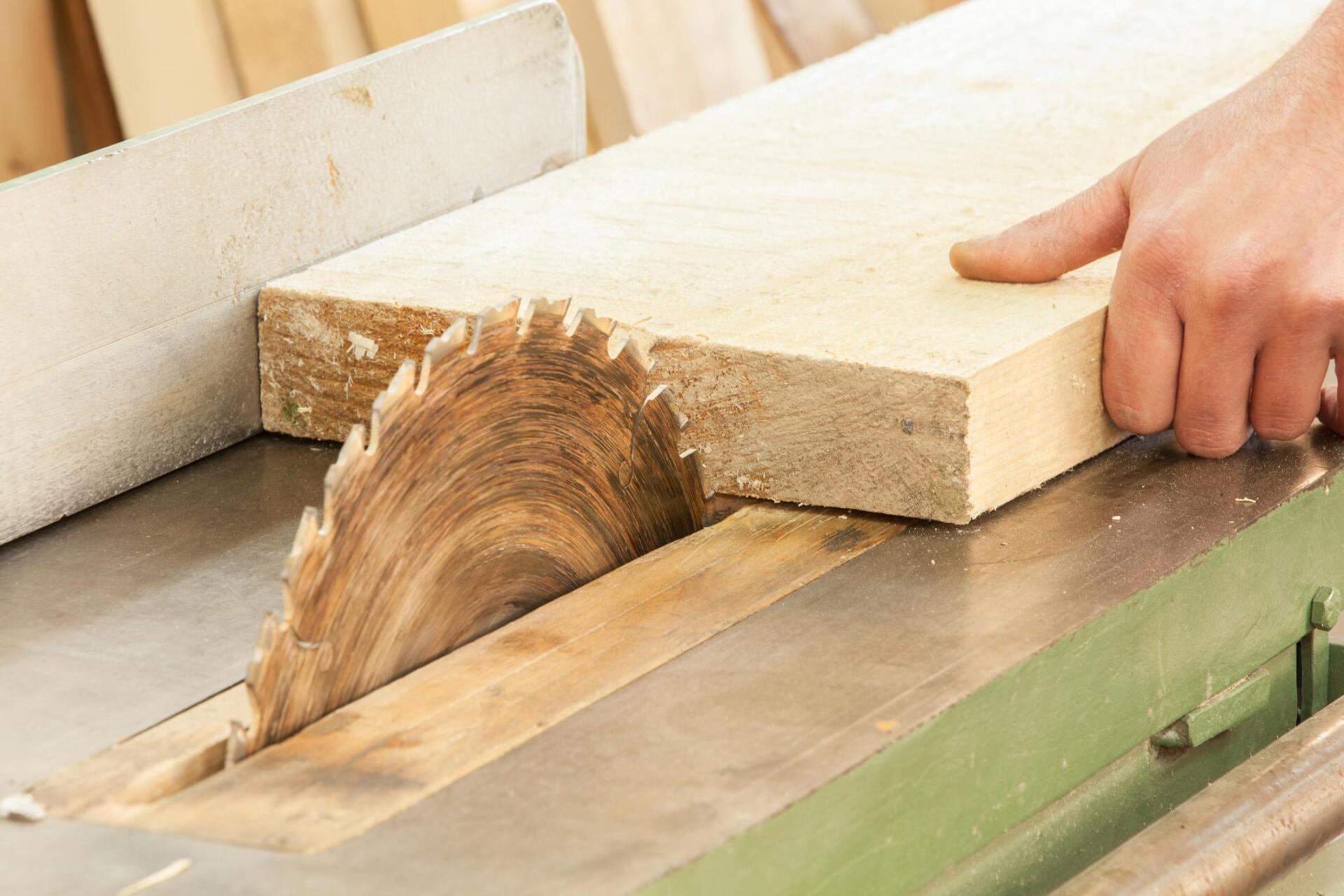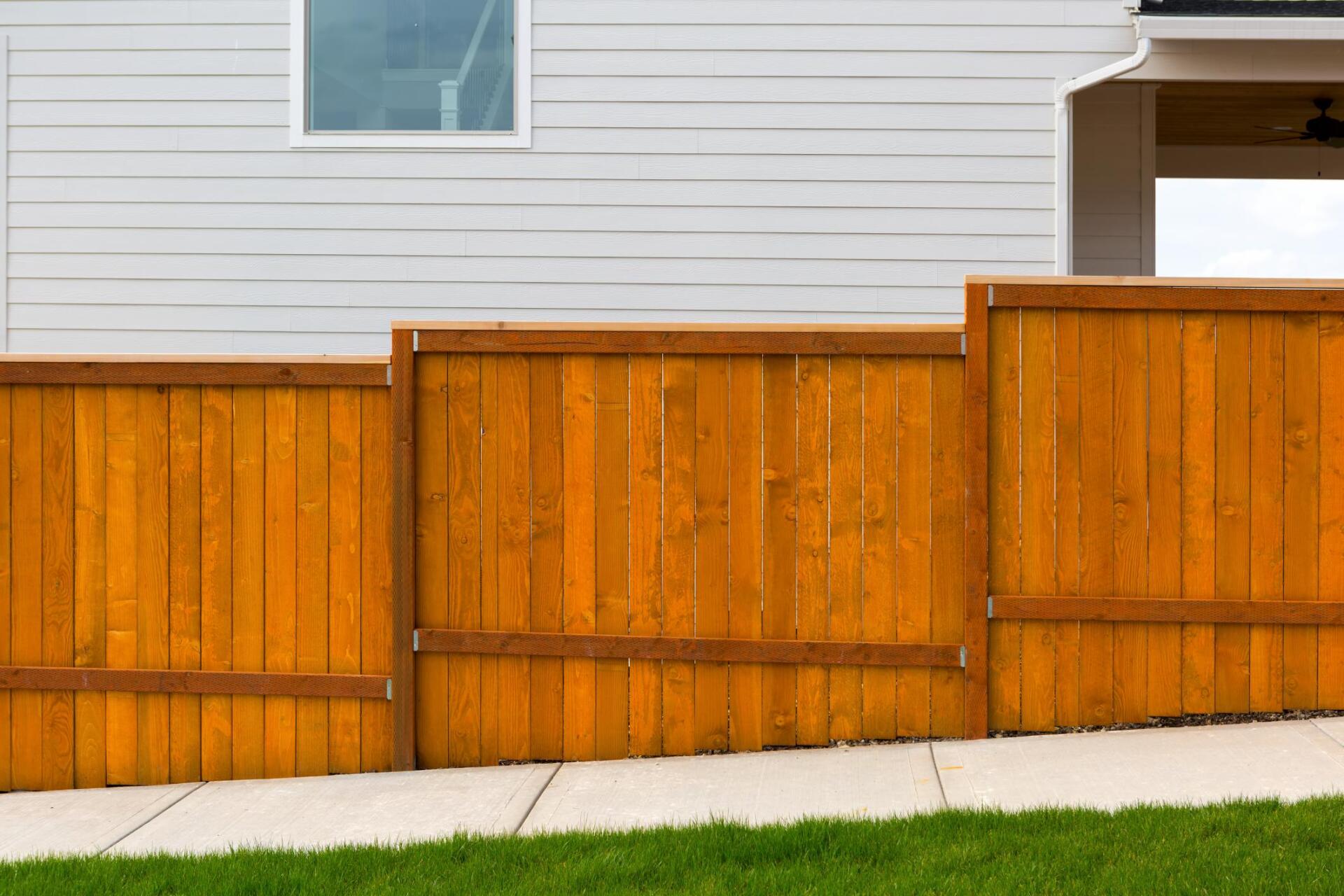Designing the Perfect Backyard Pavilion: Key Considerations
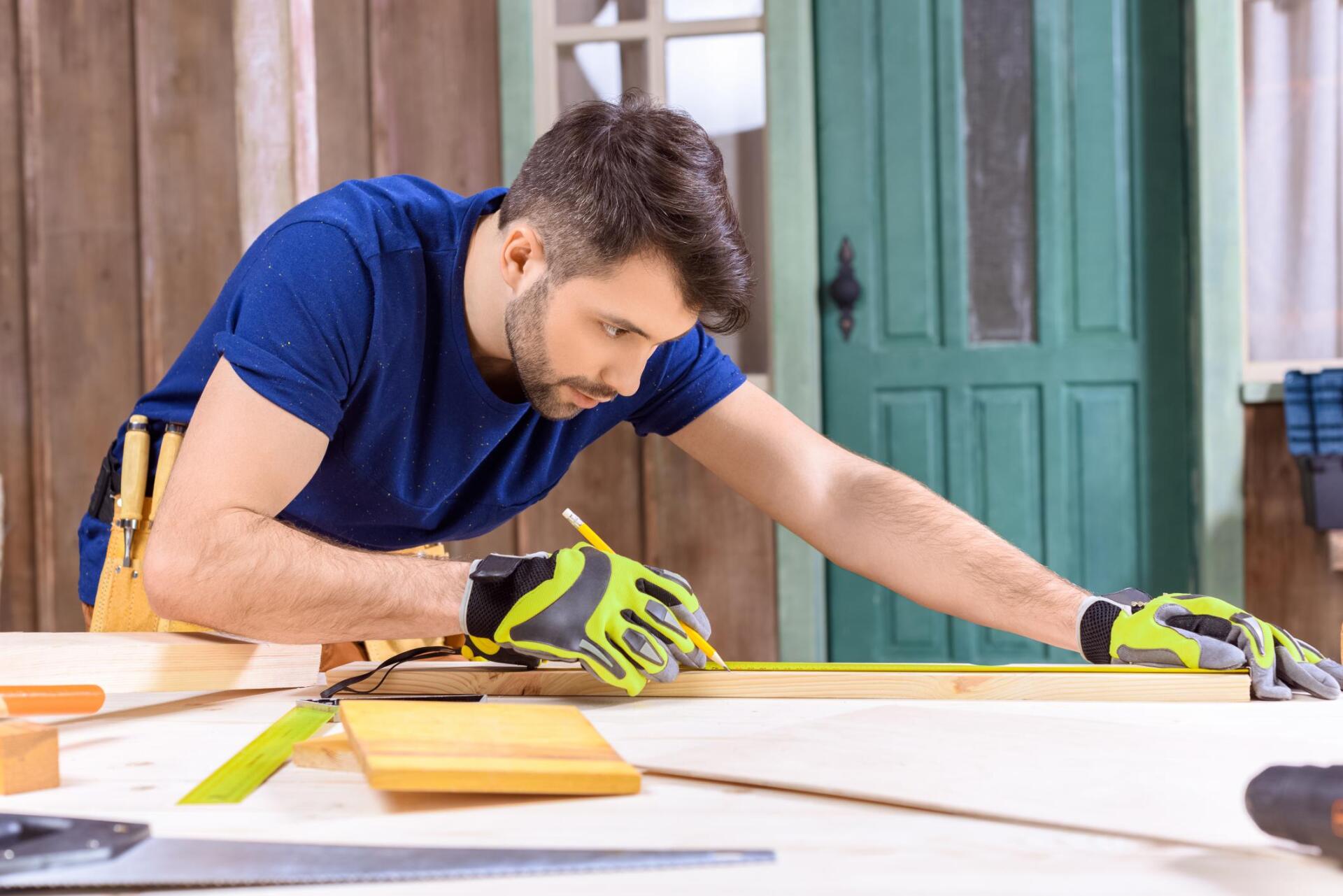
A backyard pavilion is more than just an outdoor structure; it’s an investment in your home and lifestyle. Whether you’re planning to host summer barbecues, enjoy quiet evenings, or create a stylish retreat, the design of your pavilion is crucial to its functionality and aesthetic appeal. Here are key considerations to help you design the perfect backyard pavilion for your home.
1. Purpose and Functionality
Before diving into design specifics, think about how you plan to use your pavilion. Is it for entertaining guests, dining outdoors, or creating a cozy space for relaxation? Understanding the primary function will guide decisions on size, layout, and features. For example, a dining pavilion may require a larger footprint to accommodate a table and chairs, while a relaxation space might prioritize comfortable seating and a fire pit.
2. Location and Orientation
Choosing the right location for your pavilion is essential for maximizing its use and enjoyment. Consider the view, proximity to the house, and the natural flow of your outdoor space. The orientation of the pavilion should also take into account sunlight and wind direction. Placing the pavilion in a spot that offers shade during the hottest part of the day and shelter from prevailing winds can enhance comfort.
3. Material Selection
The materials you choose for your pavilion will affect its durability, maintenance needs, and overall look. Common options include wood, metal, and vinyl. Wood offers a natural, classic appearance but may require more upkeep, such as staining or sealing. Metal is durable and low-maintenance, with modern or industrial aesthetics. Vinyl is also low-maintenance and can mimic the look of wood, but it may not have the same lifespan.
4. Roof Style and Design
The roof is a defining feature of any pavilion and should complement the architectural style of your home and landscape. Popular roof styles include gable, hip, and flat roofs. A gable roof provides a traditional look and good ventilation, while a hip roof offers more stability in windy conditions. A flat roof creates a modern, minimalist appearance. Consider adding skylights or ceiling fans to enhance light and air circulation.
5. Flooring Options
The flooring of your pavilion should be both functional and visually appealing. Popular choices include natural stone, concrete, wood decking, and pavers. Stone and concrete are durable and weather-resistant, making them ideal for outdoor use. Wood decking adds warmth and a natural feel, but it may require more maintenance. Pavers offer a versatile option that can be customized with different patterns and colors.
6. Incorporating Amenities
To make your pavilion truly enjoyable, think about incorporating amenities that enhance its usability. This could include built-in seating, a fireplace or fire pit, outdoor kitchen features, or even a hot tub. Lighting is also important for extending the use of the pavilion into the evening. Consider adding ambient, task, and accent lighting to create a comfortable and inviting atmosphere.
7. Landscaping Integration
Your pavilion should harmonize with the surrounding landscape. Integrating the pavilion into your garden or yard can create a seamless transition between the structure and nature. Use plants, shrubs, and pathways to soften the edges of the pavilion and connect it with the rest of your outdoor space. Adding climbing plants or vines can also enhance the pavilion’s aesthetic and provide additional shade.
8. Budget Considerations
While it’s easy to get carried away with design ideas, it’s important to establish a budget early in the planning process. Your budget will influence the size, materials, and features of your pavilion. Be sure to account for both the initial construction costs and ongoing maintenance expenses. Working with a professional contractor can help you balance your vision with your budget, ensuring you get the best value for your investment.
9. Building Regulations and Permits
Before starting construction, check local building regulations and obtain any necessary permits. Regulations may dictate the size, height, and placement of your pavilion, as well as safety features like railings and electrical installations. A professional contractor familiar with Calgary’s building codes can help navigate these requirements, ensuring your pavilion is compliant and safe.
10. Future-Proofing Your Pavilion
Finally, consider how your needs may change over time. Designing a versatile pavilion that can adapt to different uses will ensure it remains a valuable part of your outdoor space for years to come. This might mean planning for future amenities, like adding a hot tub, or designing the space so it can be enclosed for year-round use.
Conclusion
Designing the perfect backyard pavilion requires careful planning and attention to detail. By considering the purpose, location, materials, and amenities, you can create a space that enhances your outdoor living experience and adds value to your home. Whether you’re looking for a place to entertain or a personal retreat, a well-designed pavilion can transform your backyard into a haven of relaxation and enjoyment.
For expert advice and professional construction services, contact Carpentry Calgary. We specialize in creating custom outdoor spaces that blend functionality with style, ensuring your pavilion is built to last.
